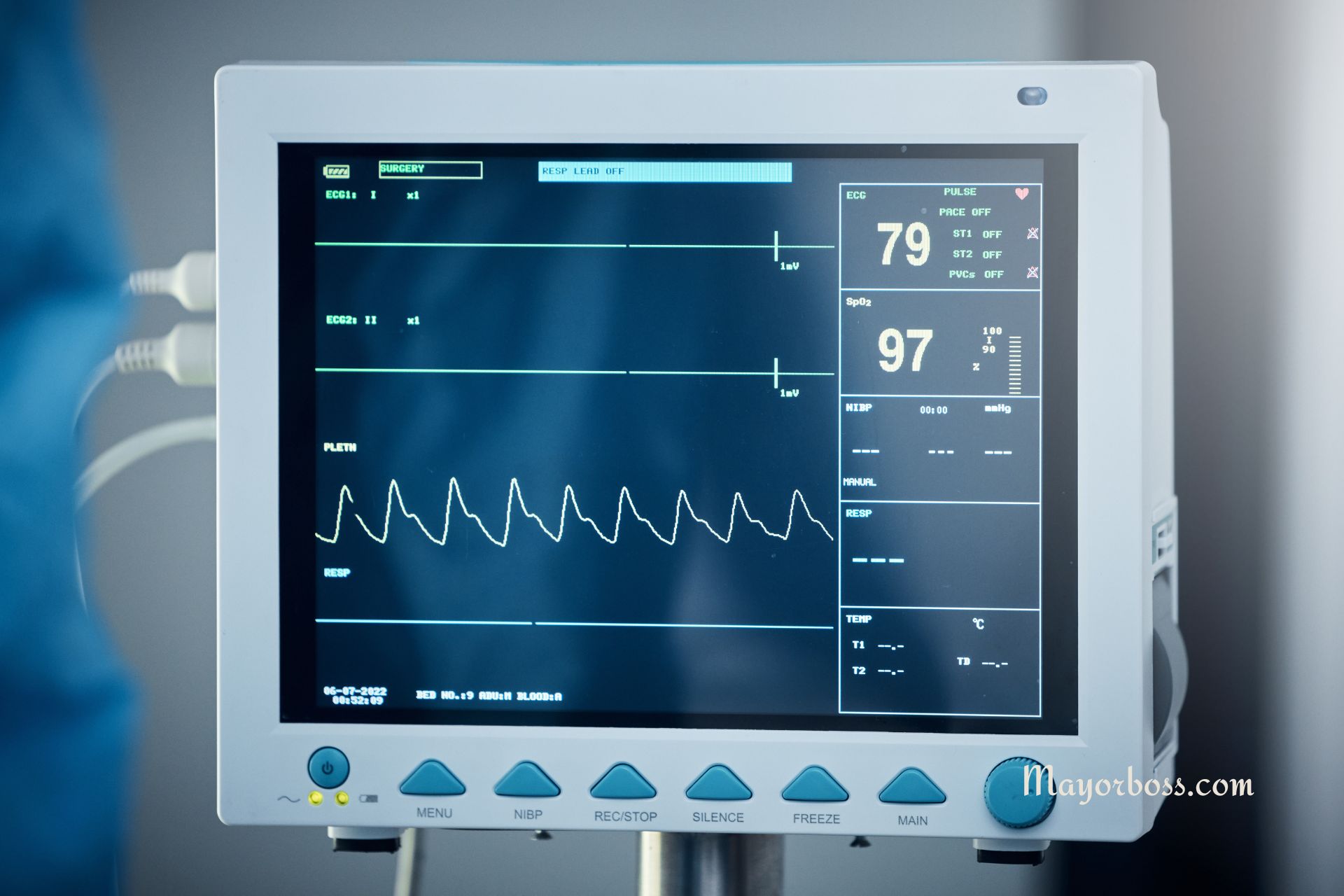Understanding the Difference Between an Electrocardiogram and an EEG
When you hear the terms electrocardiogram and electroencephalogram, it’s easy to get them mixed up. They sound similar, and both involve monitoring the body’s electrical activity. But that’s where the main similarities end. These two tests serve very different purposes, each focusing on a vital organ within our bodies.

Electrocardiograms (ECGs or EKGs)
- What is an electrocardiogram? An electrocardiogram (often called an ECG or EKG) is a simple, painless, and non-invasive test that records the electrical signals produced by your heart.
- Why are ECGs performed? Doctors use ECGs for numerous reasons, including:
- Check for signs of heart disease, such as irregular heartbeats (arrhythmias), previous heart attacks, or blocked arteries.
- Assessing the overall health of your heart before surgery.
- Monitoring the effectiveness of heart medications or devices like pacemakers.
- How is an ECG done?
- Small, sticky electrodes are placed on your chest, arms, and legs.
- Wires connect the electrodes to the ECG machine, which translates your heart’s electrical activity into line tracings on paper or a digital screen.
- The whole process is quick and painless.
Electroencephalograms (EEGs)
- What is an electroencephalogram? An electroencephalogram (EEG) is a non-invasive test that monitors and records the electrical activity of your brain via small electrodes attached to your scalp.
- Why are EEGs performed? EEGs play a vital role in diagnosing and managing several brain-related conditions:
- Seizure disorders like epilepsy.
- Sleep disorders.
- Head injuries.
- Brain tumors.
- Inflammation of the brain (encephalitis).
- How is an EEG done?
- Metal discs (electrodes) are attached to your scalp with a special paste.
- Wires connect the electrodes to an EEG machine, which amplifies and records your brainwave patterns.
- You might be asked to perform simple tasks during the test, like opening and closing your eyes or breathing deeply.
ECG vs. EEG: A side-by-side Comparison
| Feature | Electrocardiogram (ECG/EKG) | Electroencephalogram (EEG) |
|---|---|---|
| Target Organ | Heart | Brain |
| Purpose | Detecting heart problems, monitoring heart health | Diagnosing brain conditions, evaluating brain activity |
| Electrode Placement | Chest, arms, and legs | Scalp |
| Duration | A few minutes | 20 minutes to an hour (or longer in some cases) |
Frequently Asked Questions
1. Are ECGs and EEGs painful? No, both ECGs and EEGs are painless and non-invasive procedures. You may feel slight coolness from the electrode paste in an EEG, but there’s no discomfort involved.
2. Do I need special preparation for an ECG or EEG? Generally, no special preparation is needed for an ECG. For an EEG, your doctor might ask you to avoid caffeine or certain medications beforehand.
3. Can I get an ECG and an EEG done at the same time? While not routine, it’s possible to have both tests done simultaneously in some cases if there’s a medical need to assess both heart and brain function.
In Conclusion, electrocardiograms and electroencephalograms are valuable diagnostic tools for uncovering different health conditions. While they both involve electrical signals, the vital organs they focus on set them clearly apart. If you have any concerns about your heart or brain health, talk to your doctor to see if either of these tests might be right for you.
